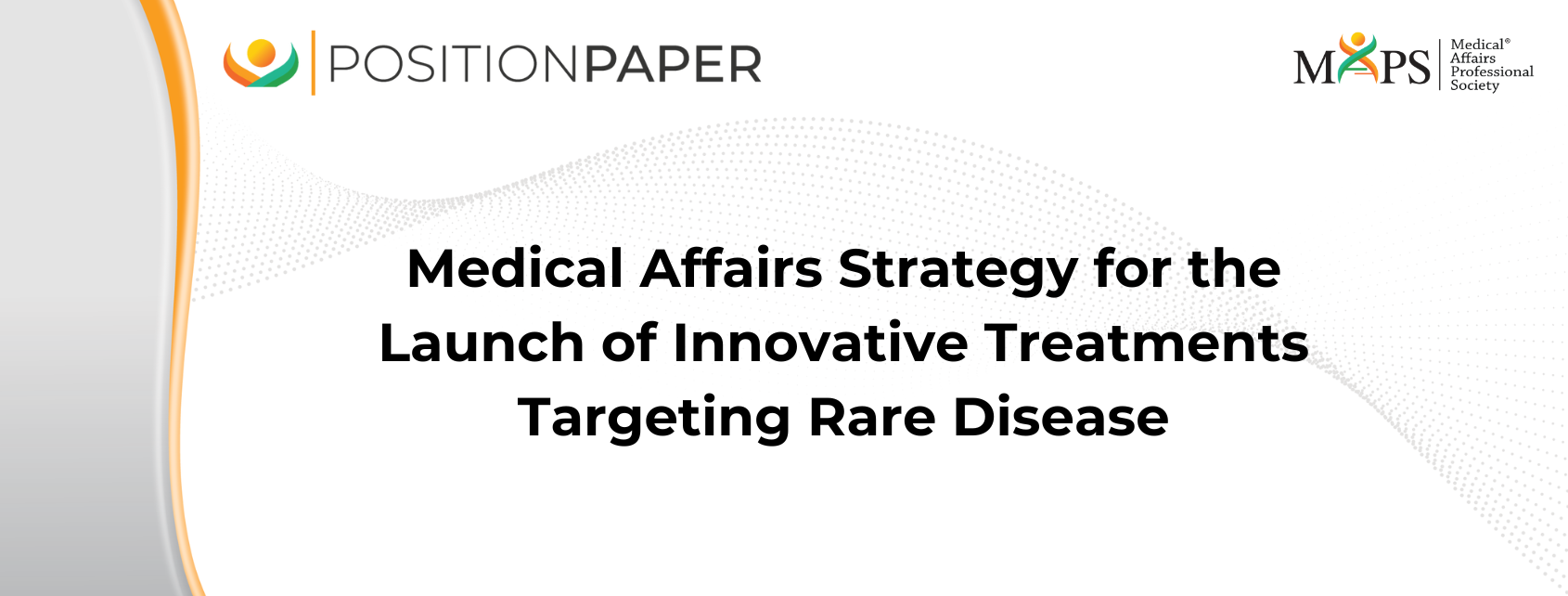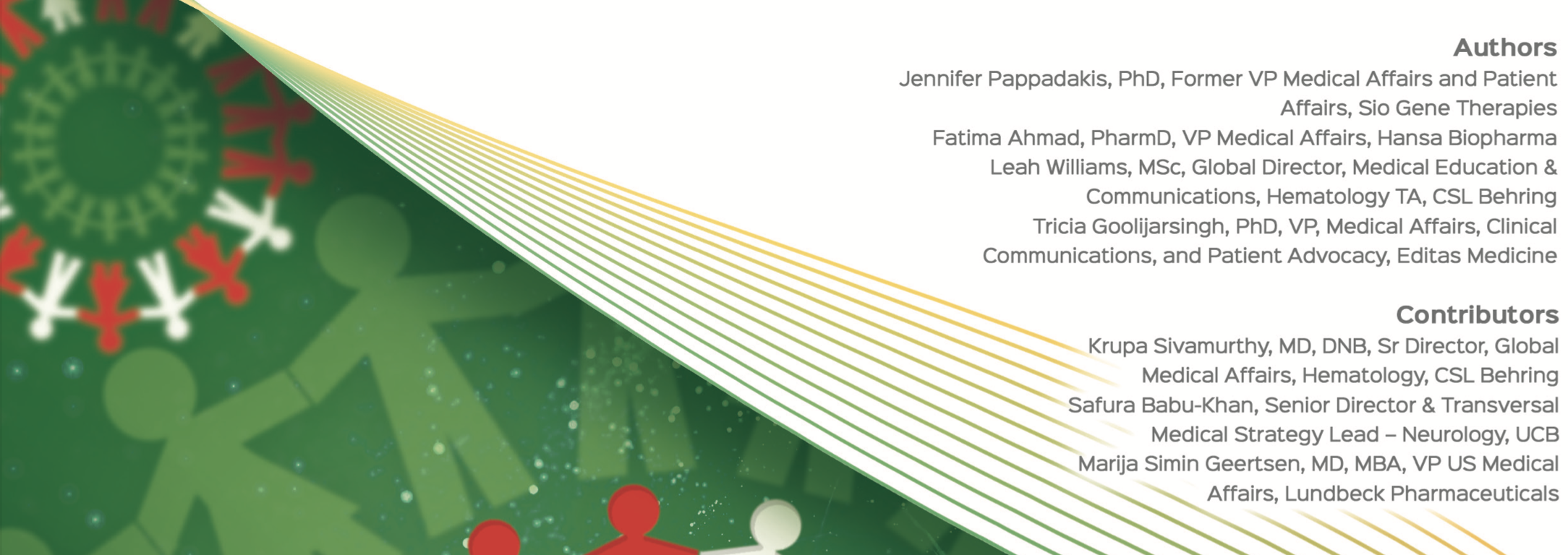Medical Affairs Strategy for the Launch of Innovative Treatments Targeting Rare Disease
A MAPS RARE DISEASE & GENE THERAPY AND MEDICAL STRATEGY & LAUNCH EXCELLENCE FOCUS AREA WORKING GROUP (FAWG) WHITE PAPER
This publication represents the consensus opinion of various members of MAPS but does not represent endorsement by the authors’ organizations.
Introduction
A rare disease is typically defined as any condition that affects fewer than 200,000 people in the U.S. and < 1 in 2,000 people in the EU.1 However, with more than 7,000 rare diseases, the total rare disease patient population reaches 400 million people worldwide, about half of which are children.1,2 The exact number of patients with a rare disease is challenging to calculate (and is most likely underestimated) due to the difficulty of diagnosing, tracking, and defining a rare disease. Often, rare diseases are genetic and many are chronic, progressive and life-threatening. Additionally, there is often a long diagnostic odyssey and many gaps in knowledge related to the patient journey and path to diagnosis.3 Furthermore, there are few treatments available, typically no standard of care and limited guidelines (if any) to shape the treatment and care of patients with rare diseases.3 In fact, only 5% of the roughly 7,000 currently recognized rare diseases have an FDA-approved therapy, leaving thousands of conditions without a treatment.4
While rare diseases are diverse, more than 80 percent of these conditions have a known genetic cause4 and 4,000 are monogenic or caused by a mutation in a single gene,5 making rare diseases attractive targets for cell and gene therapies. In fact, there are 2,024 gene therapies in development around the world with approximately 50 percent of this research focusing on rare diseases.6
Due to the Orphan Drug Act and other incentives to focus on rare disease drug development, a shift has occurred with about 30% of the medicines in the worldwide drug development pipeline now focused on rare diseases.7 While most orphan drug development was supported by small biotech companies in the past, by 2018, larger pharma had developed or acquired about half the new drugs approved by the US FDA for orphan indications.8 This increased attention on drug development for rare diseases along with the diversity of organizations shepherding this development means that Medical Affairs (MA) organizations of all sizes need to adopt a different mindset and tailor their strategic acumen and launch capabilities to supporting therapies targeting rare diseases, many of which will be innovative cell and gene therapies.
This article seeks to outline the different aspects of MA strategy and launch excellence specific to supporting the development and launch of treatments targeting rare diseases and to provide a roadmap for MA teams and organizations undertaking this planning. While each rare disease is different and will require a tailored approach, this roadmap provides broad considerations for MA organizations.




